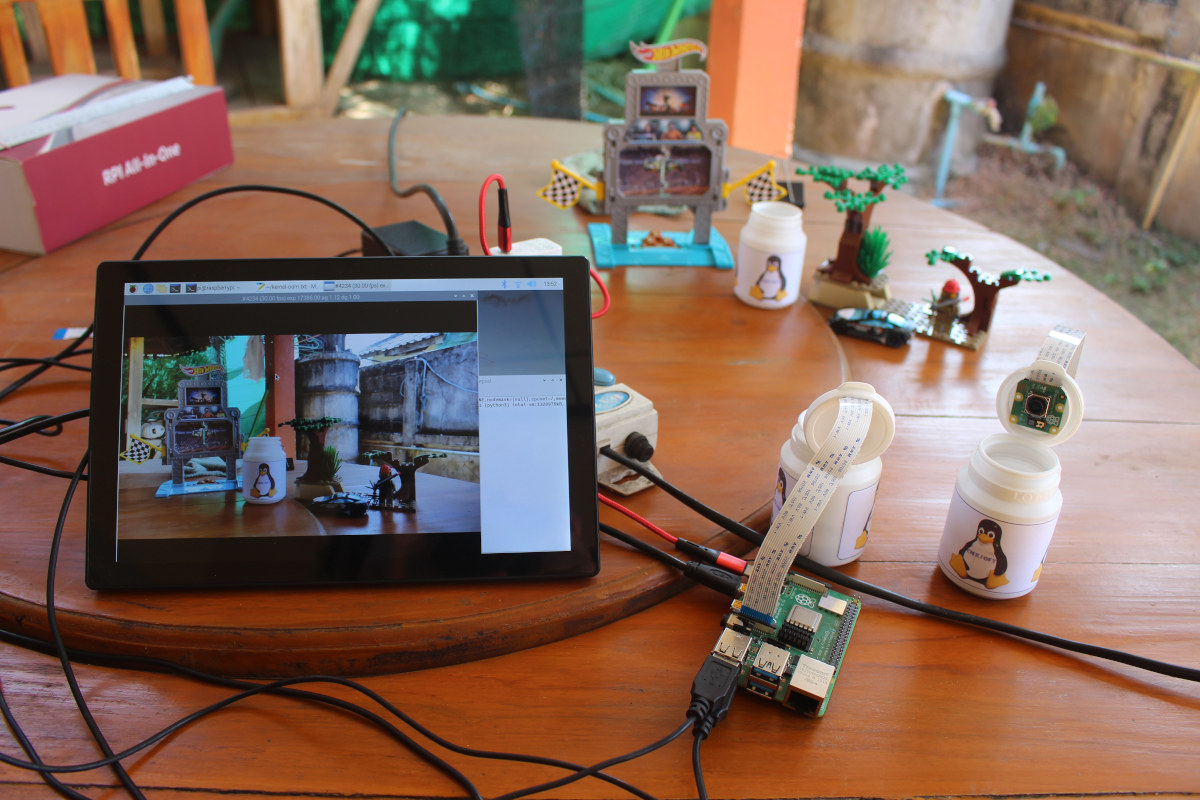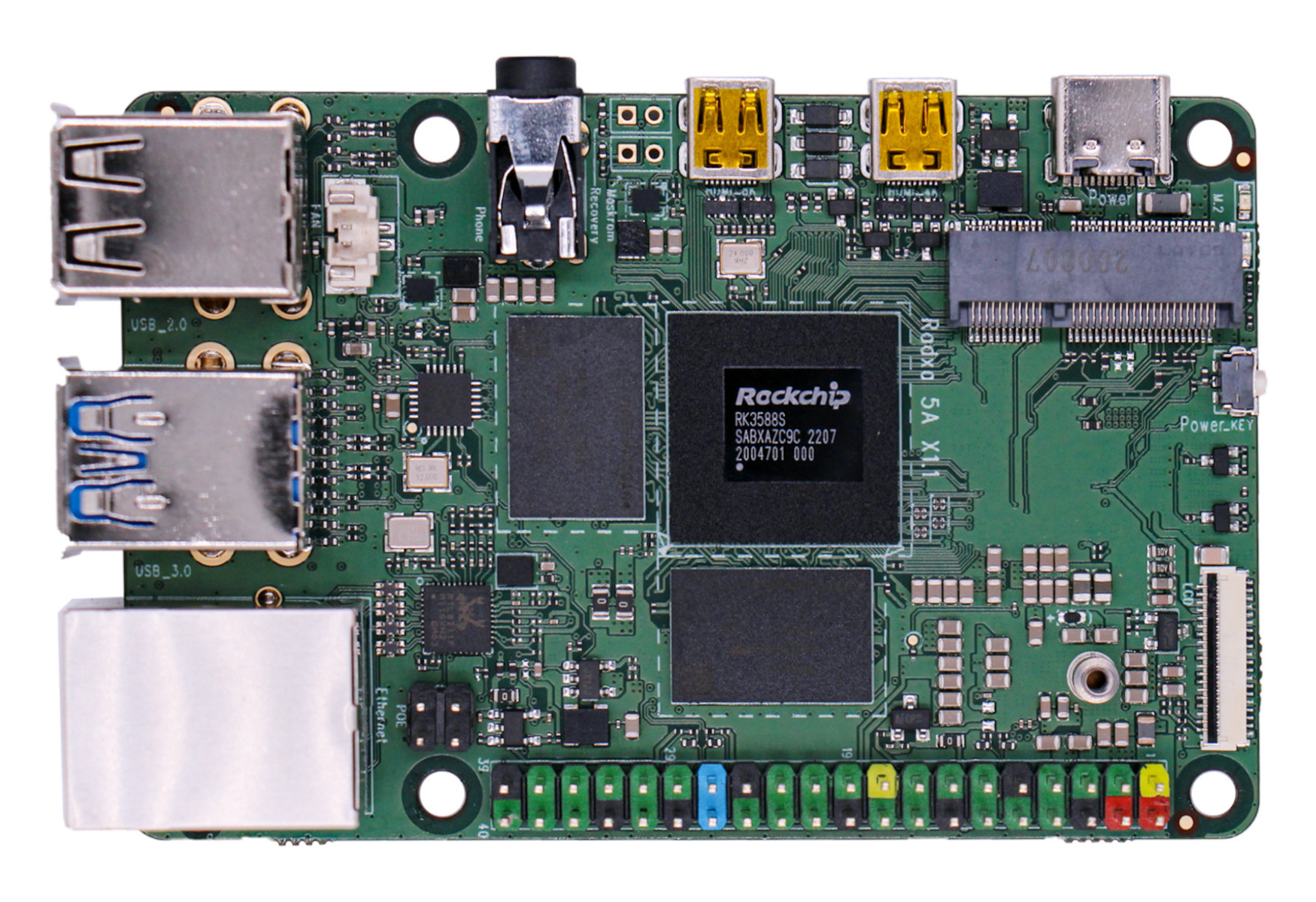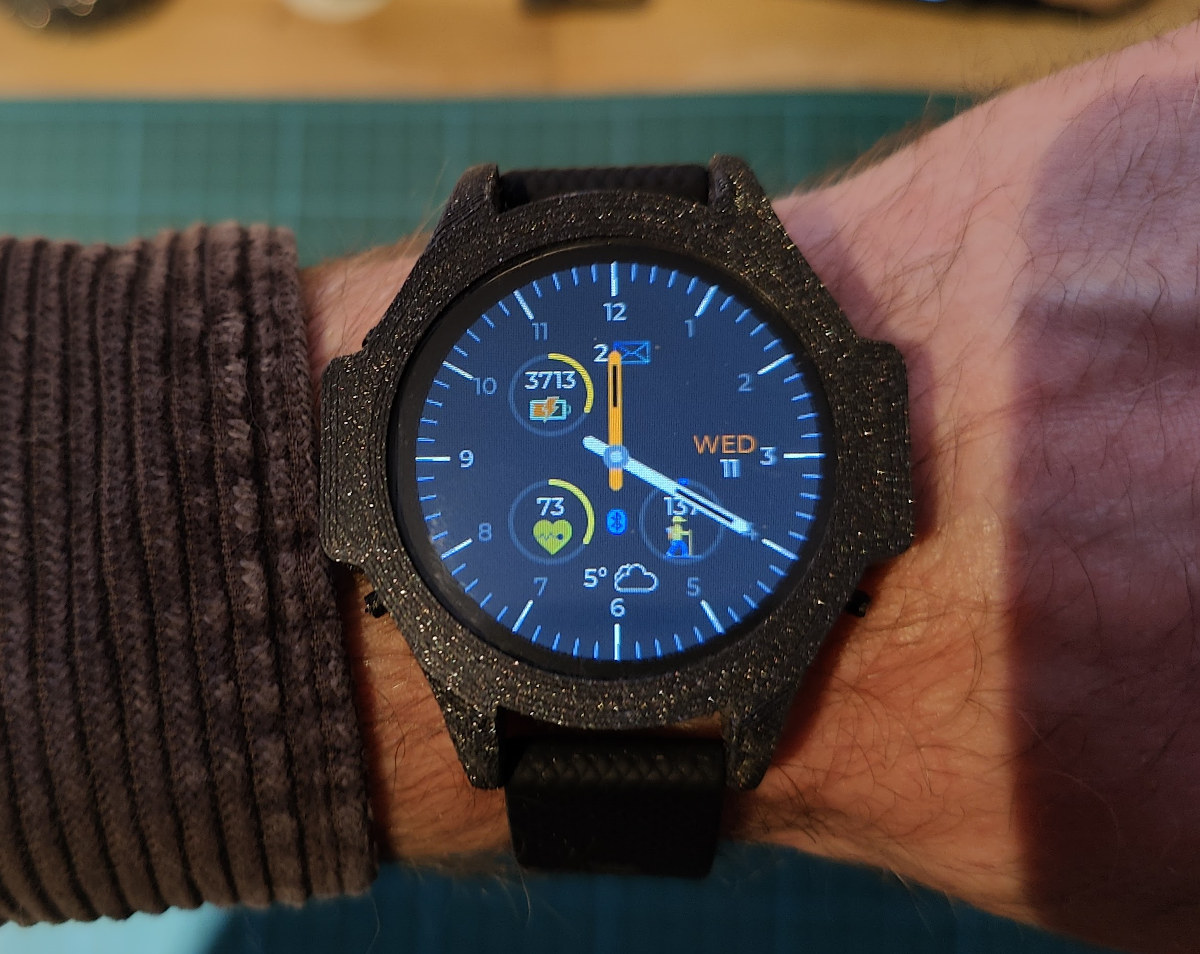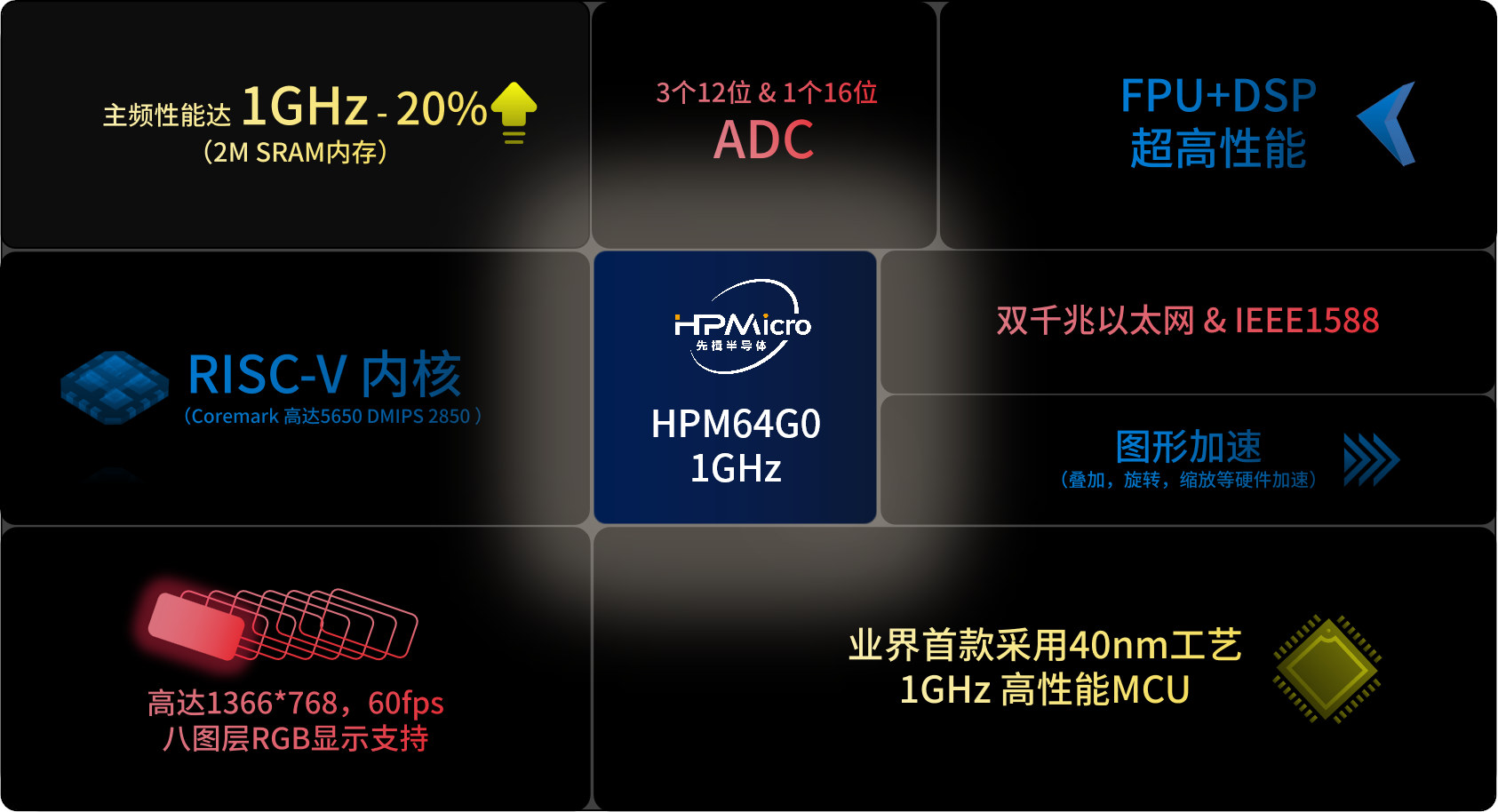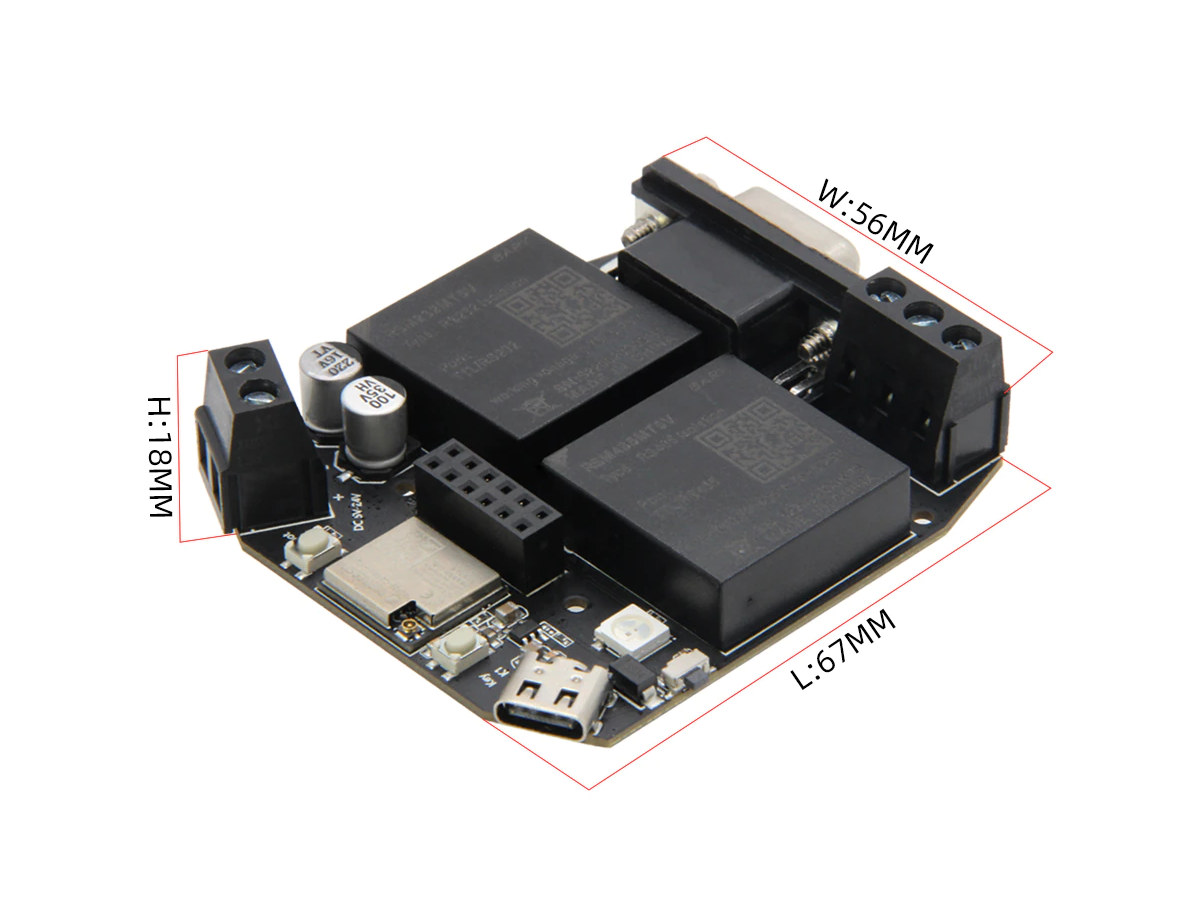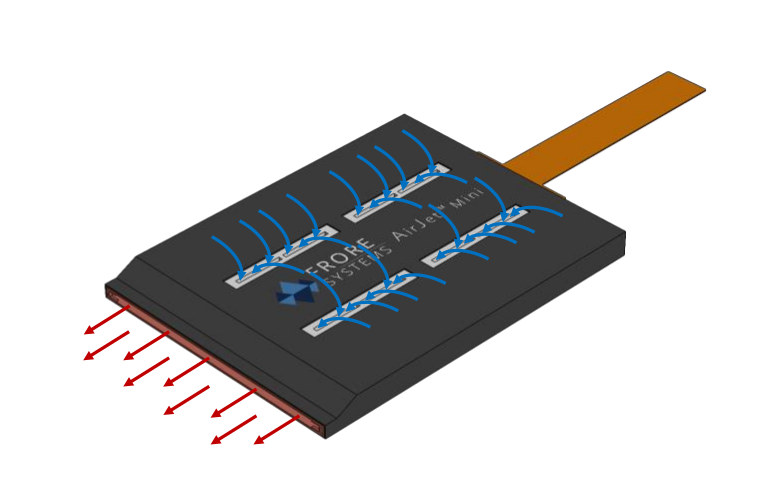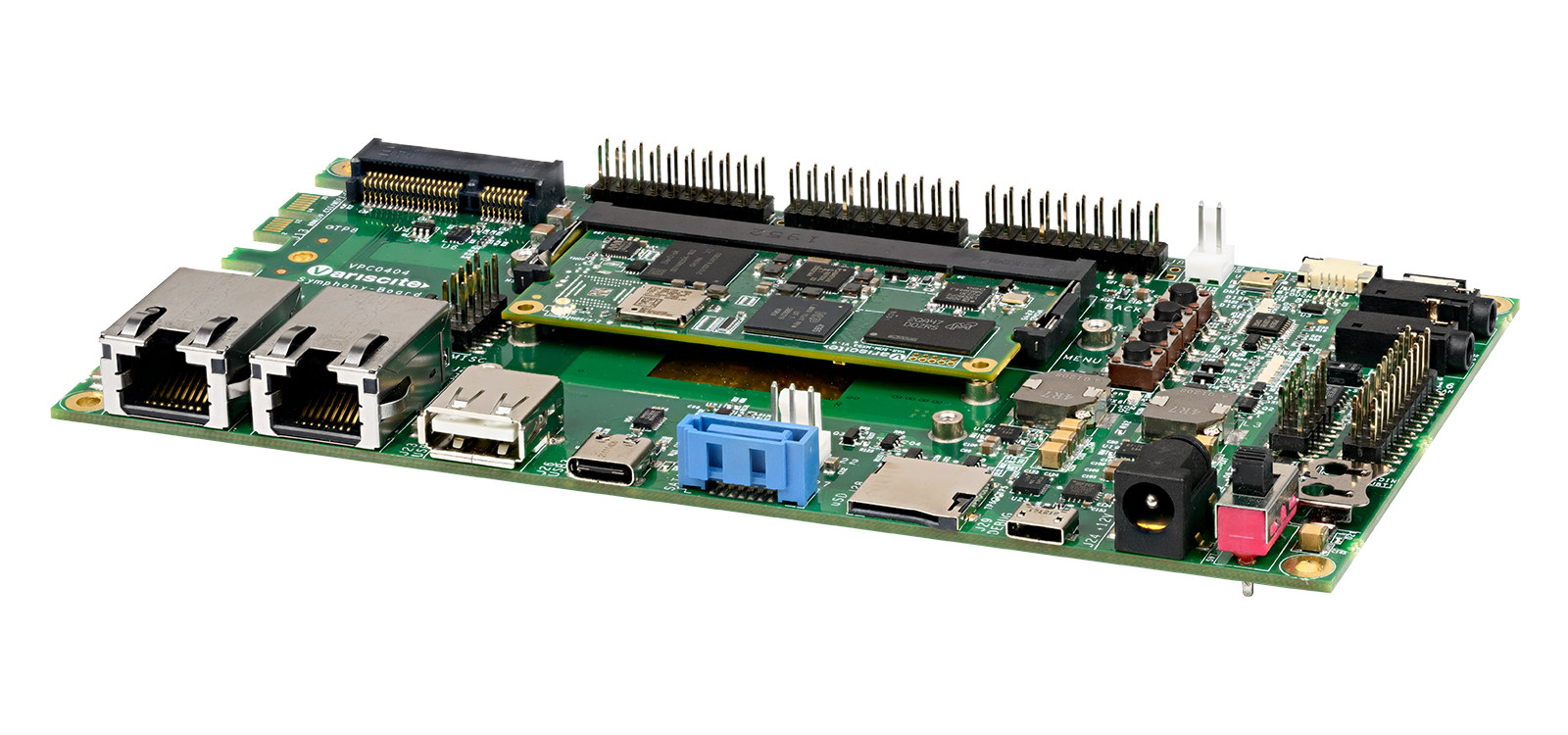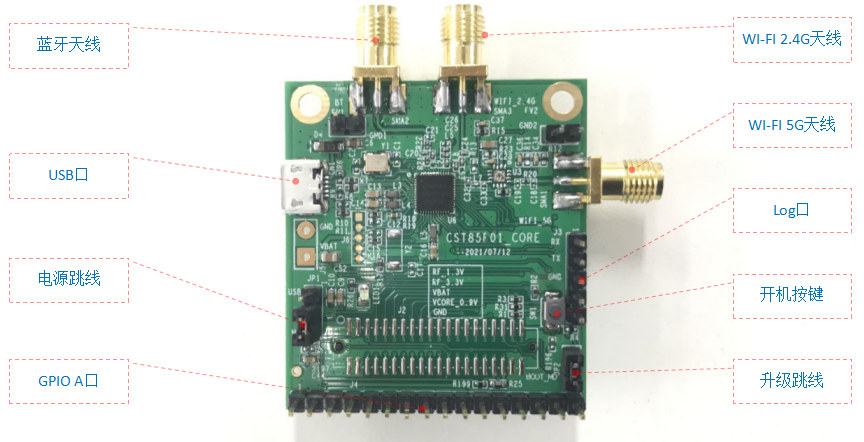A few days before launching the Raspberry Pi Camera Module 3 with HDR and autofocus, Raspberry Pi Trading asked me whether I would be interested in reviewing the new modules, and sent me three samples: the standard module, the Raspberry Pi Camera Module 3 Wide, as well as the NoIR version that lacks an IR filter and is better suited for night shots. It took a full week for DHL to send the package to my house, but I’ve now had time to review the new Raspberry Pi Camera Module 3, mostly with libcamera, but also Picamera2, focusing on the new features such as HDR, autofocus, and wide angle. I also had a quick try at the Raspberry Pi Camera Module 3 NoIR but without IR lights. Regular readers know I had already made some DIY camera mounts using empty gum bottles, and I just replaced the Lotte XYLITOL stickers […]
Radxa ROCK 5A SBC – A Raspberry Pi 4 lookalike with up to 16GB RAM, Rockchip RK3588S SoC
Radxa has just unveiled the ROCK 5A single board computer (SBC) following Raspberry Pi 4 form factor and powered by a Rockchip RK3588S octa-core Cortex-A76/A55 processor coupled with up to 16GB of RAM as a way to celebrate Chinese New Year 2023. The Radxa ROCK 5A (aka ROCK5 Model A) closely follows the Raspberry Pi 4 layout, including two micro HDMI ports, a 3.5mm AV port, a microSD card, a 40-pin GPIO header, four USB ports, and a Gigabit Ethernet port. The MIPI DSI connector is there too, and so is the MIPI CSI camera connector, but in a different location. Radxa also added some features such as an M.2 socket for a wireless module (since there’s none on board) and eMMC flash module connectors, among other smaller changes (e.g. Power button!). ROCK 5A specifications: SoC – Rockchip RK3588S CPU – Octa-core processor with 4x Cortex-A76 cores @ up to […]
ZSWatch open-source hardware nRF52833 smartwatch runs Zephyr RTOS
ZSWatch is an open-source hardware smartwatch based on an u-Blox ANNA-B402 module with Nordic Semi nRF52833 Bluetooth 5.1 SoC and running Zephyr real-time operating systems. We’ve seen several open-source hardware smartwatches over the years, as well as open-source firmware projects such as AsteroidOS or InfiniTime with the latter used in the PineTime smartwatch, and the ZSWatch adds to the list of interesting open-source wearables with all source files made public. ZSWatch specifications: Wireless module – u-blox ANNA-B402 based on Nordic Semi nRF52833 Arm Cortex-M4F microcontroller with Bluetooth LE 5.1 and direction finding support Storage – 8MB flash (MX25R6435FZNIL0) Display – 1.28-inch 240×240 IPS TFT circular display with GC9A01 driver; covered with Sapphire Crystal Glass. Sensors Accelerometer (LIS2DS12TR) for step counting, etc… MAX30101EFD for pulse oximetry and heart rate monitoring Misc 3x buttons for navigation (prev, next, enter) Vibration motor (DRV2603RUNT) with haptics driver to give better vibration control. Power Management […]
HPMicro HPM64G0 – A 1 GHz RISC-V microcontroller
Yesterday, I ended up on the HPMicro website showing the illustration above about a 1 GHz MCU called HPM64G0. It looked interesting enough so I clicked on the link to a page with some documentation for the company’s HPM6700/6400 microcontrollers. But in typical Chinese fashion, I was asked for a mobile phone number to download the documents. No luck this time since a Chinese mobile phone number is required. If anybody can set up a mirror on Mega or other websites easily accessible outside of China that would be appreciated. But eventually, I found an article in Chinese on EETrend where we can learn more about the HPM64G0 which happens to be a 1GHz microcontroller based on the RISC-V architecture. We already had one of those for Arm with the NXP i.MX RT1170, but I had yet to see any RISC-V microcontrollers clocked at such a high frequency. HPMicro HPM64G0 […]
LILYGO T-RSC3 ESP32-C3 board features isolated RS232 & RS485 interfaces, 5 to 24V DC input
LILYGO T-RSC3 is a relatively compact ESP32-C3 board with WiFi 4 and Bluetooth LE 5.0 connectivity, support for RS232 and RS485 communication protocols through a DB9 connector and a terminal connector respectively, and a wide 5V to 24V DC power input. LILYGO had already made an ESP32 board with CAN Bus and RS485 interfaces called the T-CAN485, but without any isolation. The new T-RSC3 offers both RS232 and RS485 interfaces, but no CAN Bus, protected by isolated transceiver modules that should make it safer to use in industrial environments. LILYGO T-RSC3 board specifications: Wireless module – Espressif Systems ESP32-C3-MINI-1U module with ESP32-C3 RISC-V microcontroller @ 160 MHz with 400 KB SRAM, 2.4 GHz WiFi 4, Bluetooth 5.0 LE & Mesh, 4MB flash, and a u.FL antenna connector Industrial control interfaces RS232 via DB9 connector, RSM232MT5V isolated transceiver with 3000V isolation, 4.75~5.25V input, 5V/50mA output, baud rate from 1200 to 256,000 […]
Quiet, ultrathin AirJet solid state active cooling chips could replace fans
Frore Systems Airjet Mini and Airjet Pro are active cooling chips that are just 2.8mm thick and quietly suck cool air in from the top of the chip before pushing it out the sides with the aim to replace traditional fan-based solutions in ultrabooks, or be integrated into VR headsets and smartphones for improved cooling. Yesterday we saw that cameras could clean themselves with micro-vibrations, and it happens that processors can be cooled with vibrations too as the Airjet chips are comprised of tiny membranes that vibrate at ultrasonic frequencies to generate a flow of air that enters through inlet vents in the top and transformed into high-velocity pulsating jets exiting from one side of the chip. The AirJet module is actually not placed directly on the processor in ultrabooks but on copper pipes because it allows for thinner designs that way. The company says the AirJet Mini and Pro […]
VAR-SOM-MX93 SO-DIMM NXP i.MX 93 SoM features WiFi, Bluetooth, Audio codec
Variscite VAR-SOM-MX93 is a 200-pin SO-DIMM system-on-module based on NXP i.MX 93 dual-core Cortex-A55/M33 AI processor with up to 2 GB LPDDR4 RAM, 64GB eMMC flash, and onboard WiFi & Bluetooth module and audio driver. The Variscite module follows the announcement of two other NXP i.MX 93 system-on-modules, namely the Forlinx FET-MX9352-C with board-to-board connectors and the iWave Systems iW-RainboW-G50M LGA module compliant with OSM Size L form factor to be soldered directly on the carrier board. VAR-SOM-MX93 specifications: SoC – NXP i.MX 93 with up to 2x Cortex-A55 cores @ 1.7GHz, 1x Cortex-M33 real-time co-processor @ 250 MHz, 0.5 TOPS NPU, 2D PxP graphics engine System Memory – 512MB to 2GB LPDDR4 Storage – 8 to 64GB eMMC flash, 4KB EEPROM Ethernet – ADIN1300 Gigabit Ethernet PHY Wireless module Single-band 802.11 b/g/n WiFi 4 or dual-band 802.11 ac/a/b/g/n WiFi 5 Bluetooth 5.2 classic + LE Audio – Unnamed Audio […]
CHIPSEA CST85F01 480 MHz Cortex-M4 MCU supports dual-band WiFi 6 and Bluetooth 5.0 LE
CHIPSEA CST85F01 is an Arm Cortex-M4F microcontroller clocked at up to 480 MHz and designed for IoT applications with dual-band (2.4/5.0 GHz) WiFi 6 with TWT (Target Wake Time) support, Bluetooth 5.0 LE, and a range of I/Os. Following the recent availability of 2.4 GHz WiFi 6 IoT chips such as Espressif Systems ESP32-C6 and Bouffalo Lab BL616, CHIPSEA CST85F01 offers an alternative with dual-band WiFi 6 connectivity while we are waiting for the launch of the ESP32-C5 RISC-V microcontroller. CST85F01 specifications: CPU core – Arm Cortex-M4F CPU with MPU and FPU @ up to 480 MHz Memory – 992 KB SRAM, SDR/DDR PSRAM interfaces Storage – 752 KB ROM, 8 Mbit to 128 Mbit flash WiFi features 2.4GHz/5GHz Wi-Fi 6 Data rates up to 286.8 Mbps (Tx) and 229.4 Mbps (Rx) with 20/40 MHz bandwidth Rx sensitivity – -98dBm in 11b mode, -93.5dBm in MCS0 HT20 mode Tx power […]


